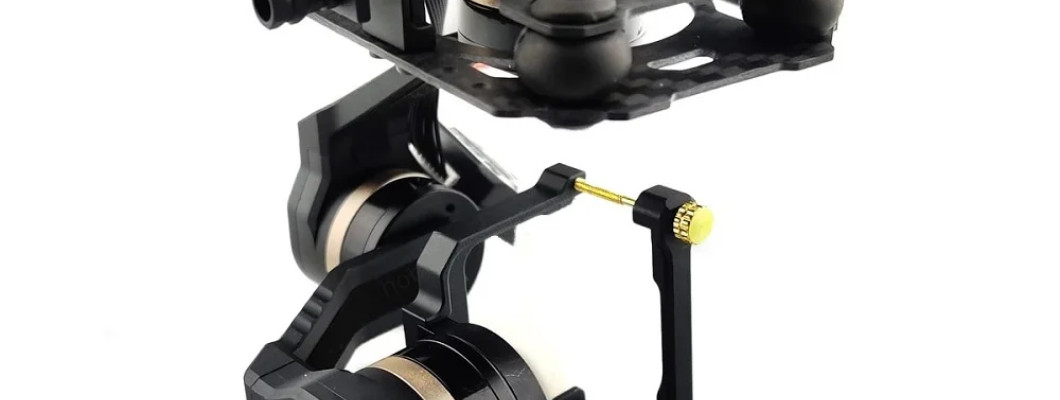Filmmaker's Best Friend: Tips for Using a Camera Gimbal

Introduction
Camera stabilization is an essential part of filmmaking and videography. Shaky footage can detract from the quality of your work, but luckily there's a solution: camera gimbals. A camera gimbal is a device that helps to stabilize a camera and create smooth footage. In this blog post, we'll explore how camera gimbals work, the different types available, and how to choose the best one for your needs.
How Does a Camera Gimbal Work?
A camera gimbal is a three-axis stabilizing device that works to keep the camera level and steady. It uses sensors to detect movement and responds by adjusting the camera's position. This creates smooth footage even when the operator is moving or walking.
Types of Camera Gimbals
There are different types of camera gimbals available on the market, including:
A. Handheld Gimbals
Handheld gimbals are lightweight and easy to use. They're perfect for shooting on the go and can be used for a variety of purposes, including travel videos, vlogging, and event coverage.
B. Vest and Arm Gimbals
Vest and arm gimbals are designed for more professional use. They provide extra stability and can support heavier cameras. These gimbals are commonly used in film and television production.
C. Drone Gimbals
Drone gimbals are specially designed to be used with drones. They provide stabilization for aerial footage and are an essential tool for capturing stunning drone shots.
Choosing the Best Camera Gimbal
When choosing a camera gimbal, there are several factors to consider, including:
A. Weight Capacity
Make sure that the gimbal you choose can support the weight of your camera and any additional accessories. Most gimbals have a weight capacity listed in their specifications.
B. Compatibility
Ensure that the gimbal is compatible with your camera model. Some gimbals are designed specifically for certain cameras, while others are more versatile and can be used with a range of models.
C. Battery Life
Consider the battery life of the gimbal, especially if you're planning on using it for extended periods of time. Some gimbals have longer battery life than others and also offer the ability to swap out batteries on the go.
D. Other Important Features
Other features to consider include the ease of use, portability, and any additional features such as remote control or follow modes.
Tips for Using a Camera Gimbal
Once you've chosen your camera gimbal, here are some tips for using it effectively:
A. Proper Balance
Make sure that your camera is properly balanced on the gimbal. This is essential for smooth footage and will help prevent strain on the motors. Follow the instructions provided with your gimbal to ensure proper balance.
B. Smooth Movements
Use slow, deliberate movements when operating the gimbal. This will help prevent jerky footage and create a more professional look. Practice moving the gimbal before using it on a shoot to get a feel for its movements.
C. Creative Techniques
Experiment with creative techniques such as panning and tilting to add more interest to your shots. A gimbal can also be used for unique shots such as low-angle or high-angle shots.
Conclusion
In conclusion, a camera gimbal is an essential tool for filmmakers and videographers looking to create smooth, professional-looking footage. By understanding how camera gimbals work, the different types available, and how to choose the best one for your needs, you can take your videography to the next level. Remember to follow the tips for using a gimbal effectively and experiment with different techniques to add more creativity to your shots.
Leave a Comment